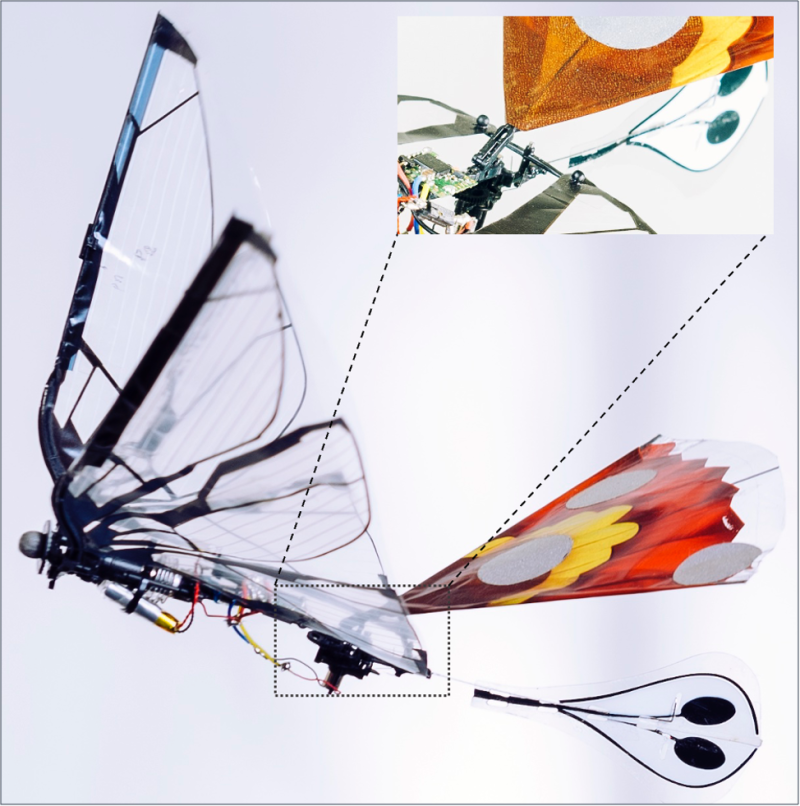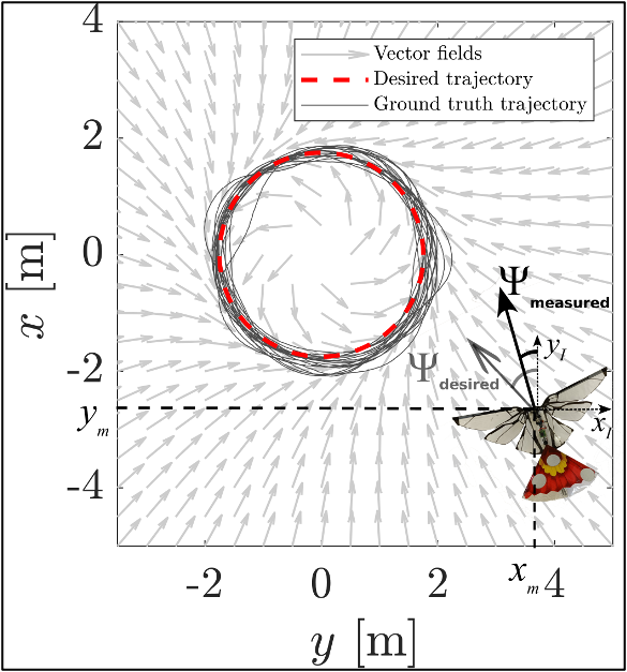Follow us on Google News (click on ☆)

MetaFly
© Cyril Frésillon / ISM / CNRS Photothèque
To address this issue, the team led by Franck Ruffier, CNRS Research Director at the Institute of Movement Sciences - Etienne-Jules Marey (ISM - Aix-Marseille University/CNRS), along with Abdoullah Ndoye, a PhD candidate at the Grenoble Image, Speech, Signal, and Automation Laboratory (GIPSA-lab - CNRS/University of Grenoble Alps), employed a vector field capable of systematically redirecting the mechanical bird back onto the "straight path."
Their work, published during the IEEE International Conference on Robotics and Automation (IEEE ICRA), demonstrates that by tensioning and relaxing its wings, the robot, named MetaFly, can find its way.
The concept of a flying machine has captivated generations from Leonardo da Vinci's sketches in the 15th century to the scale models by aviation inventor and theorist Alphonse Penaud in the 19th century. Today, small ornithopters like the MetaFly bird, designed by the Marseilles-based company XTIM-BionicBird, are available on the market. This tiny flyer weighs just 0.35 ounces (10 grams) and is equipped with two actuators: one at the front to control the flapping frequency, which ranges from 10 to 20 Hz, and another at the rear allowing for directional control.

MetaFly Vector Field
© A. Ndoye et al. / ISM / CNRS / AMU
For navigation, the robot extends one wing while simultaneously retracting the opposite one and turns its rudder towards the relaxed wing. These actions cause the bird to "roll" to the side, banking into turns. Thus, the robot can change its heading and follow the vector field (image below) that governs its path.
In this study, the robot is guided in its heading (the direction it faces) by a vector field. This allows it to follow desired trajectories with high precision, even if the initial conditions aren't perfect, as long as it knows its position and angle. The researchers demonstrated that the winged robot could follow circles of various diameters, as well as a figure-eight course.
Currently, to measure MetaFly's position and angle, the researchers use external cameras. They aim to incorporate onboard sensors for these measurements, which will enhance the mechanical bird's performance and autonomy.
This study paves the way for numerous potential applications, such as environmental monitoring, search and rescue operations, or the exploration of hard-to-reach areas.
Publications
Ndoye, A., de Jesus Castillo-Zamora, J., Laki, S. S., Miot, R., van Ruymbeke, E., & Ruffier, F. (2023).
Vector Field Aided Trajectory Tracking of a 10-gram Flapping-Wings Aerial Vehicle.
2023 IEEE Int. Conf. Robot. Autom. (ICRA 2023), 29 May - 2 June, 2023, London, UK.
Experimental data for Vector Field Aided Trajectory Tracking by a 10-gram Flapping-Wing Micro Aerial Vehicle